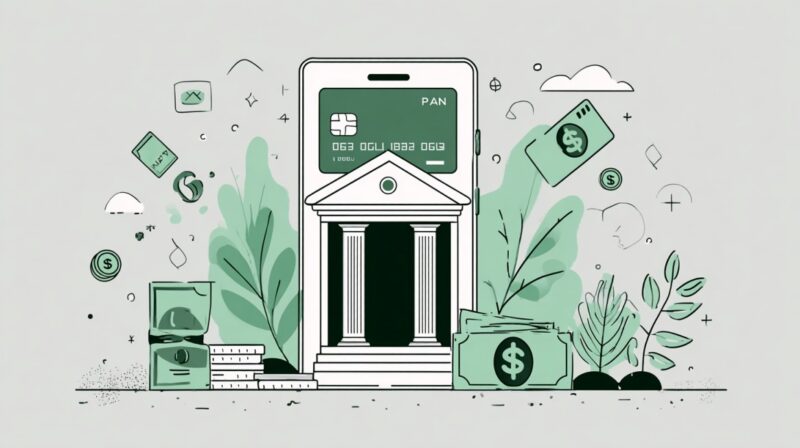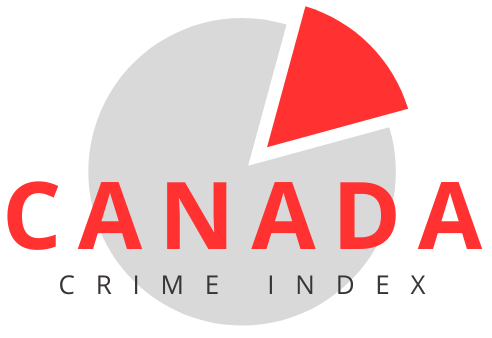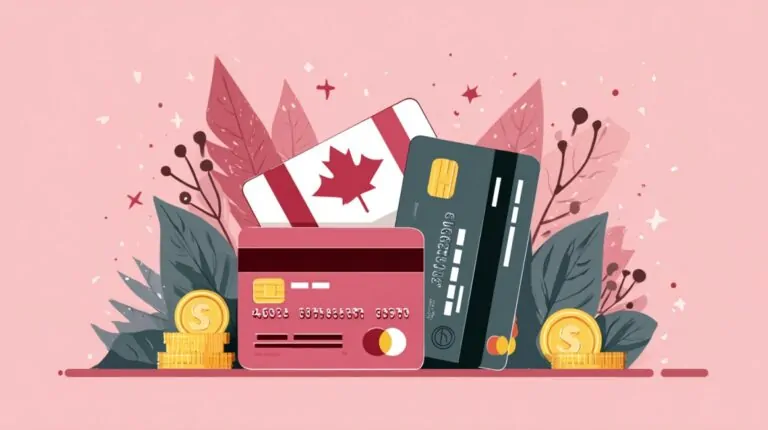Canada’s digital payment environment in 2025 reflects rapid modernization fueled by technology and shifting consumer expectations. Mobile wallet usage continues to surge, with a growing preference for contactless interactions across retail and service industries.
Interac remains a dominant force in domestic transactions, while preparations for open banking signal a new phase in payment accessibility.
Real-time payment systems are expanding, offering instant fund transfers that match consumer demand for speed.
Businesses embracing multiple payment methods gain a clear advantage by building trust, improving conversion rates, and encouraging repeat purchases.
Adapting to evolving trends ensures stronger competitiveness in a crowded market.
Table of Contents
Toggle1. Interac Debit & Interac e-Transfer

Interac serves as Canada’s most trusted account-to-account payment system, offering a seamless experience for domestic transactions.
Consumers rely heavily on it for in-store purchases, peer-to-peer money transfers, and small business payments.
Interac Debit facilitates quick retail transactions, while Interac e-Transfer dominates personal and small-scale business transfers with near-instant processing.
- Low transaction fees
- Instant transfer capabilities
- Widespread trust due to long-term presence
- Limited availability for e-commerce unless paired with digital wallets
Small businesses often prefer Interac for its affordability and reliability, especially in avoiding the high fees linked to credit card processing.
Customers also value the security measures backed by Canadian financial institutions. For readers interested in using Interac specifically for online gaming, esportsinsider.com offers a complete guide to the best Interac casinos in Canada.
While it may not yet be the first choice for global sales, its integration with mobile wallets is increasing its role in online commerce.
2. Credit & Debit Cards (Visa, Mastercard, Amex)

Credit and debit cards remain essential, covering over 64% of consumer payments across Canada.
Their acceptance by both domestic and international merchants makes them a critical component for cross-border commerce.
Reward programs and advanced fraud protection appeal to consumers looking for value and security.
- Global acceptance
- Rewards and cashback programs
- Strong fraud prevention systems
- Higher processing fees for merchants
- Risk of chargebacks
Businesses targeting international customers rely on these cards for their reach and familiarity.
High-value purchases also benefit from the added protection and dispute resolution offered by card networks.
However, small businesses must weigh the benefits against the higher transaction costs, particularly when margins are tight.
3. Apple Pay & Google Pay

Apple Pay and Google Pay have seen adoption rates exceeding 37%, driven by mobile-first shoppers who value speed and convenience.
Both link directly to cards or bank accounts, enabling secure payments with tokenization technology.
Gen Z adoption is especially high, reinforcing the relevance of mobile-first strategies for retailers.
- Contactless convenience
- Enhanced security via tokenization
- High engagement among younger demographics
- Requires NFC-enabled devices and terminals
- Merchant wallet integration may require additional setup
Retailers catering to tech-savvy customers increasingly see wallet integration as a necessity.
Adoption also boosts transaction speed, leading to shorter checkout lines and improved customer satisfaction.
4. PayPal

PayPal holds a strong reputation as a secure and accessible payment method for e-commerce, especially for international transactions.
Known for its buyer protection policies, it attracts customers seeking confidence in their purchases.
- Recognized global brand
- Buyer protection programs
- Fast and convenient online checkout
- Higher merchant fees compared to some alternatives
- Potential account holds impacting cash flow
Online sellers benefit from PayPal’s trust factor and extensive reach.
While costs may be higher, the improved conversion rates from customers who feel protected often outweigh the expense.
5. Buy Now, Pay Later (BNPL) – Klarna, Afterpay, Affirm

BNPL services are rapidly gaining ground, especially among younger shoppers who appreciate flexible payment options.
By splitting purchases into smaller installments, these platforms can increase order value for retailers.
- Encourages higher spending per transaction
- Flexible payment structures appeal to budget-conscious buyers
- Higher merchant fees than traditional credit card processing
- Potential risk of customer defaults
For sectors like apparel or luxury goods, BNPL can be a powerful tool to attract buyers hesitant to commit to a large upfront payment.
Retailers must, however, weigh the increased fees against potential sales growth.
6. Prepaid Cards & Vouchers (Paysafecard, Prepaid Visa/Mastercard)

Prepaid cards and vouchers occupy a niche market, catering to unbanked consumers and individuals seeking greater control over spending.
These payment tools also maintain popularity for privacy-conscious transactions.
- Budget control with fixed load amounts
- Enhanced anonymity in purchases
- Cannot be used for payouts
- Limited acceptance compared to standard cards
Their application in gaming and gifting remains strong, offering a straightforward, low-risk payment method.
For businesses, prepaid options can attract customers who avoid traditional banking systems.
7. Open Banking Payments (Emerging)

Open banking is set for significant growth, with full implementation anticipated in 2026 and pilot programs expected throughout 2025.
Direct account-to-account transfers promise to reduce costs while improving security.
- Real-time payment capabilities
- Lower transaction fees for merchants
- Strong authentication measures
- Not yet widely available for consumers or businesses
Merchants preparing for open banking integration may gain a competitive edge, positioning themselves for smoother transitions once nationwide availability arrives.
8. Crypto & Stablecoin Payments (via Nuvei, Transfi, CoinGate)

Crypto and stablecoin transactions are still in early adoption stages, but infrastructure is expanding quickly.
Stablecoins in particular address volatility concerns, offering a practical solution for borderless commerce.
- Borderless transactions without high FX fees
- Transparent blockchain records
- Lower processing costs in some cases
- Uncertainty in regulatory frameworks
- Price volatility for non-stablecoin assets
Retailers open to innovation may use crypto acceptance to attract niche customer segments and tap into new revenue channels.
Choosing the Right Mix for Your Business
Selecting an optimal payment mix requires careful evaluation of customer behavior, average transaction sizes, and specific business goals.
Canadian consumers display strong trust in Interac and mobile wallet solutions, making them a primary choice for domestic-focused merchants.
Global accessibility remains crucial for businesses engaging with international customers, which means card networks and PayPal cannot be overlooked.
Adopting a layered payment strategy also helps reduce friction during checkout, encouraging higher conversion rates.
- Local trust: Leverage Interac and mobile wallets for everyday transactions within Canada.
- Global reach: Maintain Visa, Mastercard, and PayPal to serve international shoppers.
- Cost efficiency: Weigh processing fees against conversion benefits.
- Future-readiness: Prepare for open banking and crypto integration to remain competitive.
Businesses that apply this balanced approach position themselves to handle a variety of consumer preferences while keeping operational costs in check.
Early planning for payment trends on the horizon ensures smoother adaptation when new systems and methods enter the mainstream.
Future Trends in Canadian Payments

Canadian payments are entering a phase of transformation that will redefine how merchants and customers interact financially.
Full-scale open banking will introduce secure, account-to-account transfers, reducing reliance on intermediaries and offering faster settlement.
Real-Time Rail infrastructure will enable near-instant domestic transactions, enhancing cash flow for both small businesses and large enterprises.
Advancements in mobile wallets will extend far beyond simple payments, adding loyalty integrations, digital ID capabilities, and more seamless authentication processes.
Stablecoins could gain traction among merchants seeking to lower cross-border transaction costs and eliminate excessive currency exchange fees.
- Open banking growth: Increased adoption of direct bank-to-bank transfers.
- Instant domestic payments: Real-Time Rail accelerating transaction processing.
- Enhanced mobile wallets: Loyalty programs and identity features built into payment apps.
- Stablecoin acceptance: More businesses offering crypto-backed payment options for global transactions.
Merchants that stay ahead of these trends can foster stronger customer relationships, speed up operational processes, and improve overall efficiency in their payment operations.
The Bottom Line
Adopting multiple trusted payment methods is essential for gaining a competitive edge in Canada’s 2025 market.
Combining familiarity with forward-thinking solutions creates a seamless experience that fosters loyalty.
Merchants ready to embrace both current consumer preferences and upcoming innovations will position themselves for sustainable success.












